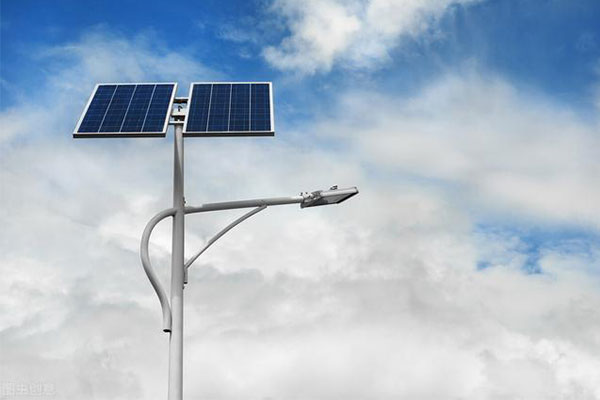How Do Solar Street Lights Work?
In an era where sustainability is at the forefront of technological advancements, solar street lights have emerged as a beacon of eco-friendly innovation. As cities around the world strive to reduce their carbon footprint and harness clean energy, understanding how solar street lights work becomes imperative. This article delves into the technology behind these solar-powered luminaries, shedding light on their components, functionality, and the environmental benefits they bring to urban landscapes.

The Components:
1. Solar Panels:
At the heart of every solar street light is a photovoltaic (PV) panel, which converts sunlight into electricity. These panels are typically made of silicon-based materials and are strategically positioned to capture maximum sunlight throughout the day. As sunlight strikes the surface of the solar panels, electrons are excited, creating an electric current.
2. Battery Storage:
To ensure a continuous power supply during the night or on cloudy days, solar street lights are equipped with rechargeable batteries. These batteries store the electricity generated by the solar panels during the day, releasing it as needed during periods of low or no sunlight. Commonly used batteries include lithium-ion or lead-acid batteries, chosen for their efficiency and durability.
3. LED Lights:
Light Emitting Diodes (LEDs) are the preferred choice for solar street lights due to their energy efficiency and long lifespan. LEDs convert electricity directly into light, minimizing energy loss and providing bright illumination. LED lights also offer the advantage of being highly directional, ensuring that the light is focused precisely where it is needed, reducing light pollution.
4. Controller:
The controller acts as the brain of the solar street light system. It manages the charging and discharging of the battery, regulates the intensity of the LED lights, and monitors other system components. Advanced controllers may also include features such as motion sensors to optimize energy usage by brightening the lights only when motion is detected.
How They Work:
Daytime Operation:
During the day, the solar panels absorb sunlight and convert it into electricity. Simultaneously, the controller directs this electricity to charge the battery for later use. The efficient charging process ensures that the battery has ample power stored for the night ahead.
Nighttime Illumination:
As daylight wanes, the solar street light system seamlessly transitions to nocturnal operation. The controller detects the decrease in ambient light and activates the LED lights, drawing power from the charged battery. The LEDs then provide a reliable and sustainable source of illumination throughout the night.
Benefits of Solar Street Lights:
- Environmentally Friendly: Solar street lights significantly reduce dependence on conventional electricity sources, lowering carbon emissions and contributing to a cleaner environment.
- Cost Savings: While the initial investment may be higher, solar street lights offer long-term cost savings by eliminating electricity bills and reducing maintenance expenses.
- Low Maintenance: With fewer components and no need for extensive wiring, solar street lights are low-maintenance, requiring minimal attention once installed.
- Independence from the Grid: Solar street lights operate autonomously, making them a reliable lighting solution in remote or off-grid locations where connecting to the electrical grid is challenging or expensive.
Conclusion:
In a world where sustainable solutions are pivotal, solar street lights stand as a testament to the power of harnessing clean energy for a brighter, greener future. Understanding the fundamental workings of these lights not only illuminates the streets but also sheds light on the potential for renewable energy to reshape our urban landscapes. As cities continue to embrace eco-friendly technologies, solar street lights are destined to play a crucial role in the sustainable evolution of urban lighting.

